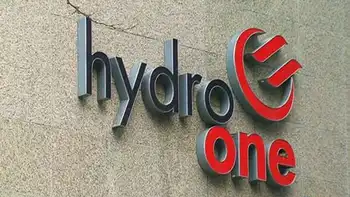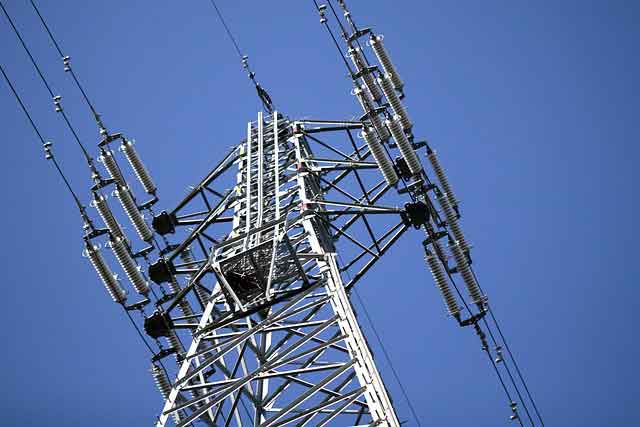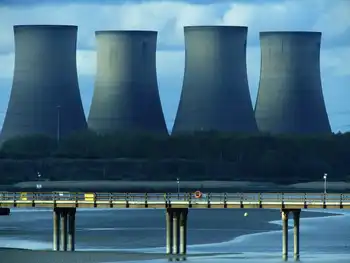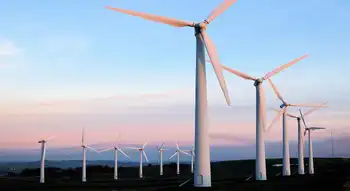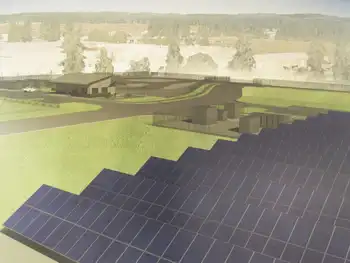Estonia developing 570 MW of wind power projects
By Industrial Info Resources
CSA Z462 Arc Flash Training - Electrical Safety Essentials
Our customized live online or in‑person group training can be delivered to your staff at your location.

- Live Online
- 6 hours Instructor-led
- Group Training Available
At the end of 2009, the country had a total installed wind power generation capacity of 142 MW. While the existing facilities are all onshore projects, offshore wind farms are planned for development on Lake Peipus and near the Hiiumaa Island in the Baltic Sea.
Canadian developer Greta Energy is building three wind farms in Estonia: a 40-MW project in Purtse, another 40-MW wind farm in Udria, and a third project on the Hiiumaa Islands with an expected output of 310 MW. Renewable energy consultant Garrad Hassan and Partners Limited, conducted prefeasibility and wind-monitoring studies for the three projects.
The wind farms in Purtse and Udria are being developed by Raunistal AS, a joint venture of Greta Energy and AS Mainor, a consulting and development services provider in the property management and wind energy sectors. Raunisaar AS, another subsidiary of Great Energy established in July 2008, will develop the wind farm on the Hiiumaa Islands.
Construction of the 40-MW offshore wind farm in Purtse is expected to begin sometime this year, although the original schedule called for construction to begin in June last year, with commissioning planned for December 2010 and startup of commercial operations in February 2011. The wind farm will employ 20 Vestas V90 turbines, each with a capacity of 2 MW. Power generated at the site will be evacuated through the 330-kilovolt (kV) Pussi substation, located about 6 kilometers away, under an agreement signed in January 2008 between Raunistal and state-owned power company Eesti Energia AS.
Similar in capacity to the Purtse wind farm, the project at Udria is scheduled for commissioning and the start of commercial operations in early 2012. This wind farm will be connected to the 330-kV Balti substation, located 8 kilometers away, under an agreement signed with Eesti Energia.
Greta Energy commenced wind measurement activities at six sites on the Hiiumaa Islands in November 2007. The offshore wind farm is expected to comprise 250 wind turbines to be erected off the coast of the island with an estimated investment of $528 million to $616 million. The average wind speed in the islands is estimated at 6.8 meters per second, compared to wind speeds of about 4 to 5 meters per second on land. Power generated from the facility will be exported to Sweden. However, the project has met with stiff opposition from the local populace about the detrimental effects that the wind farm will have on tourism and wildlife in the region.
Greta Energy is also reported to be looking into plans to develop a 1,000-MW offshore wind farm, a 500-MW wind farm in Purtse, and another 300 MW wind farm on Hiiumaa Island.
Eesti Energia is reportedly considering plans for development of about 100 MW of wind power generation capacity in the country.
In addition to promoting the development of power-generating facilities, Estonia is also aiding efforts in technological research and development. Wind turbine technology developer Goliath Wind Limited is developing a wind turbine generator that would reduce costs by 15% to 20% and greatly improve the economic feasibility of wind power projects. The Estonian Development Fund acquired a stake of 21% as a co-investor in the firm.
The share of wind power in Estonia's total installed power generating capacity is expected to rise from the current levels of between 2% and 3% to about 25% by the year 2020. Estonia is expected to exceed its renewably energy generation target of 20% by 2020.
However, some economic analysts are of the opinion that the state's increasing dependence on renewable sources of energy would at least double the price of electricity and that the agricultural industry would be the hardest hit by this surge in prices. Opponents of this argument state that Estonia, with its staggering rise in electricity imports, may be left with no choice but to augment its energy production capacity.






